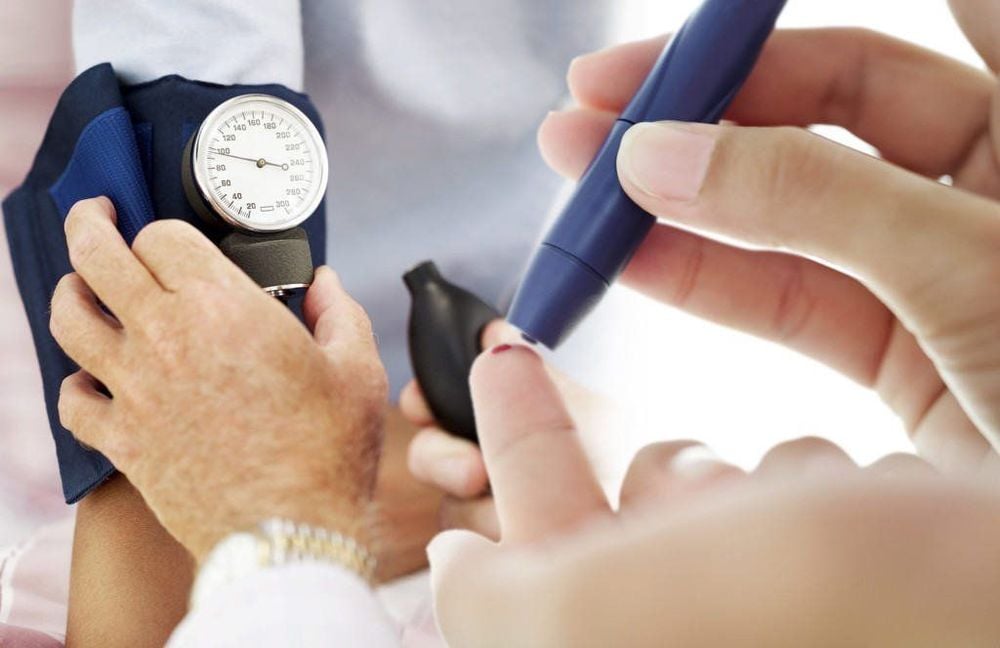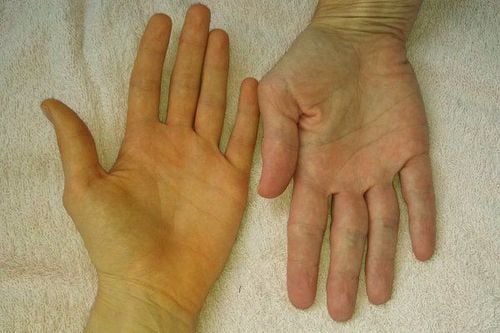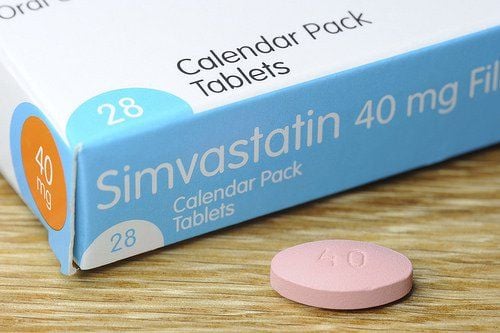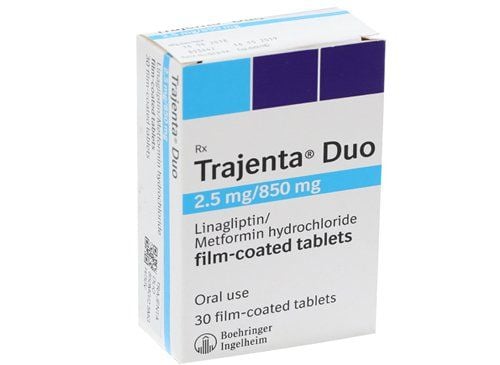This is an automatically translated article.
Metabolism is a serious problem, often associated with insulin resistance, which makes the body intolerable to glucose and leads to increased blood sugar. If not diagnosed and treated promptly, metabolic disorders can cause some serious health complications, such as heart disease, stroke, diabetes or high blood pressure.
1. What is metabolic disorder?
Metabolic disorders are a group of risk factors including high blood pressure, belly fat, high blood sugar and cholesterol levels that occur simultaneously in the body and increase the likelihood of diseases such as type diabetes. 2, heart disease or stroke.
Bệnh rối loạn chuyển hóa có thể gây ra bệnh tiểu đường loại 2
2. Symptoms of metabolic disorders
When a person has a metabolic disorder, the patient often experiences the following symptoms, including:
Fatigue Lethargy Thirst Yellow skin Large waist circumference Unexplained weight loss Convulsions These symptoms will change according to different types of metabolic disorders. Specifically, there are four main types of symptoms, including:
Acute symptoms Acute symptoms of late onset General symptoms Progressive symptoms Permanent symptoms If any of the symptoms listed above are present, please Immediately go to medical facilities for timely diagnosis and treatment before the disease causes more serious health complications.

Vàng da là triệu chứng phổ biến của bệnh
3. Risk factors for metabolic disorders
Metabolic disorders are closely related to obesity or physical inactivity. Another important factor that can lead to this condition is resistance to insulin, a hormone produced by the pancreas that helps control blood sugar levels. In people with insulin resistance, the cells respond abnormally to insulin, so the body cannot use glucose. As a result, blood sugar levels rise even as the body tries to secrete more insulin to lower blood sugar levels.
Besides the main cause above, a number of other factors can also increase the risk of metabolic disorders, including:
Age: the older you are, the higher your risk of metabolic disorders. Race: Hispanics, especially women, have a higher risk of metabolic disorders than other countries. Obesity: BMI > 23, especially the increase in belly fat size also increases the risk of metabolic disorders. Diabetes: You are more likely to develop a metabolic disorder if you have gestational diabetes or have a family history of type 2 diabetes. Other medical conditions: Your risk of metabolic syndrome is higher if you have ever had nonalcoholic fatty liver disease, high blood pressure, sleep apnea, or polycystic ovary syndrome.

Béo phì làm tăng nguy cơ mắc rối loạn chuyển hóa
4. Diagnosis of metabolic disorders
The doctor will diagnose a metabolic disorder through the following characteristics of the patient, including:
Large waist: when excess fat accumulates around the abdomen and stomach, it will increase the waist size . 35 inches (89cm) for women and 40 inches (102cm) for men High triglyceride levels: about 150 milligrams per deciliter (mg/dL), or 1.7 millimoles per liter (mmol/L) of substance triglycerides are found in the blood. Decrease in good cholesterol or HDL : testing shows good cholesterol levels to be below 40 mg/dL (1.04 mmol/L) in men and less than 50 mg/dL (1.3 mmol/L) in men female. Raised blood pressure: An increase in blood pressure of 130/85 mmHg or higher. Increased fasting blood glucose level: 100 mg/dL (5.6 mmol/L) or higher.
5. Treatment of metabolic disorders
Treatments for metabolic disorders often focus primarily on addressing each condition in the risk group, including high blood pressure, belly fat, cholesterol levels, and high blood sugar. The main goal of treatment is to help reduce the incidence of heart disease, vascular disease, as well as diabetes.
However, in most cases, the best treatment for metabolic syndrome lies with the patient himself. One of the first treatments that doctors suggest is making lifestyle changes, creating healthy habits, thereby completely eliminating risk factors for health.
5.1. Lifestyle change
Exercise: this is a great measure to help you lose weight effectively. In addition, regular exercise can significantly reduce conditions such as high blood pressure, insulin resistance, or high cholesterol levels. Health experts recommend that people spend at least 30 minutes a day exercising. If you don't know where to start, take it slow and try exercises like walking, jogging, cycling, etc. Once you get used to these physical activities, you can continue to gradually increase them. exercise level and perform at regular intervals most days of the week.Adopt a healthy diet: Following a healthy diet can improve blood pressure, cholesterol levels and insulin resistance even if your weight remains the same.
However, you should consult a nutritionist before implementing any nutritional regimen. Especially people with heart disease or diabetes need to have a special eating plan, including less saturated fat, cholesterol, salt, more fruits, vegetables, low-fat dairy, lean protein, beans and grains.
Weight loss: according to studies, when losing about 7%-10% of body weight will significantly reduce the risk of diabetes, high blood pressure and insulin resistance.
Quit smoking: although this is not a risk factor for metabolic syndrome, smoking can significantly increase your chances of developing vascular and heart disease.
Manage stress: you should also do physical exercises, meditation, or yoga to manage stress and improve overall health.

Bỏ thuốc là làm giảm nguy cơ mắc bệnh
5.2. Using medication to treat
In cases where lifestyle changes are not effective, you may need medication to treat your metabolic disorder. Some medications you may take include:
High blood pressure medications: including angiotensin II receptor blockers (Cozaar and Diovan), ACE inhibitors (Capoten and Vasotec), beta blockers, diuretics pee. Cholesterol medications: including niacin (such as Niaspan, Niacor, and Nicolar), statins (such as Lescol, Crestor, Lipitor, Pravachol, Mevacor, and Zocor), bile acid resins (such as Questran and Colestid). Diabetes medication: used in cases of glucose intolerance. These medications include: pioglitazone (Actos), metformin (Glucophage), and rosiglitazone (Avandia). Low-dose aspirin: helps reduce the risk of heart attack or stroke. It is especially important for people who have a "prothrombotic" condition or are prone to blood clots. Vinmec International General Hospital is one of the hospitals that not only ensures professional quality with a team of leading doctors, modern equipment and technology, but also stands out for its examination and consulting services. and comprehensive, professional medical treatment; civilized, polite, safe and sterile medical examination and treatment space. Customers when choosing to perform tests here can be completely assured of the accuracy of test results.
If there is a need for consultation and examination at the Hospitals of the National Health System, please book an appointment on the website to be served.
Articles refer to sources: webmd.com, mayoclinic.org
Please dial HOTLINE for more information or register for an appointment HERE. Download MyVinmec app to make appointments faster and to manage your bookings easily.













